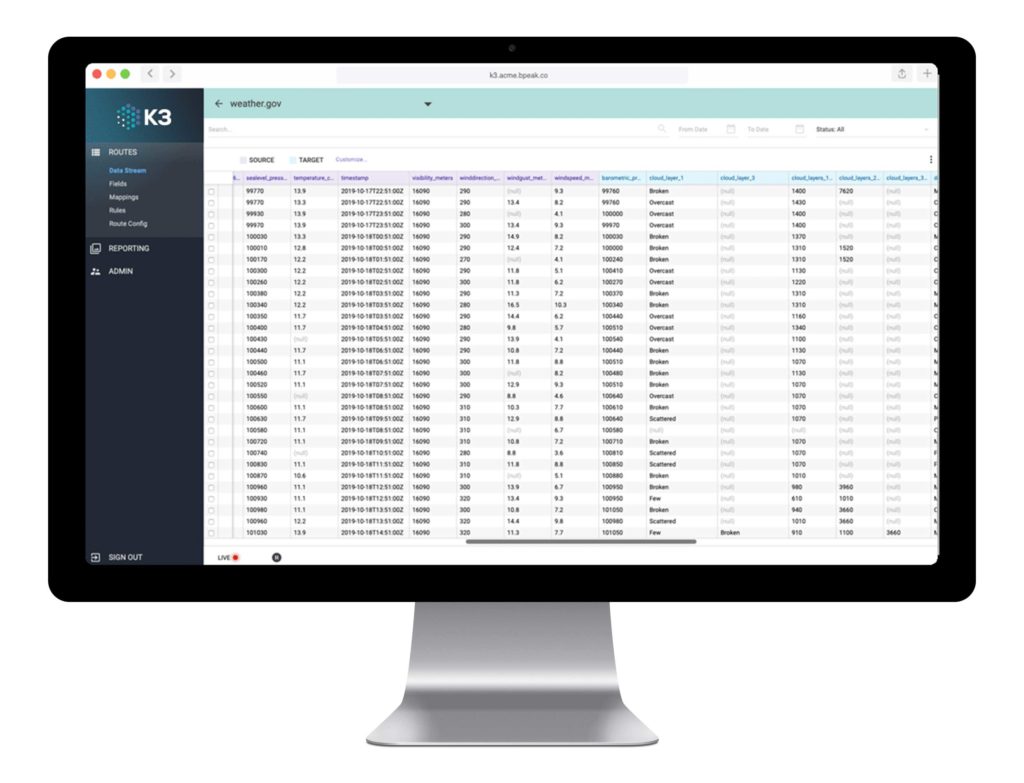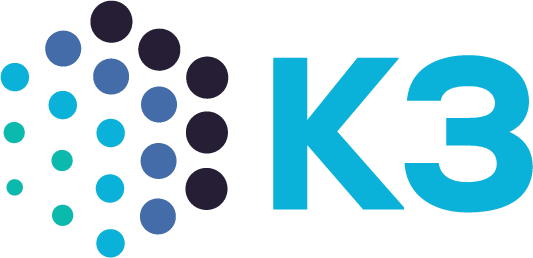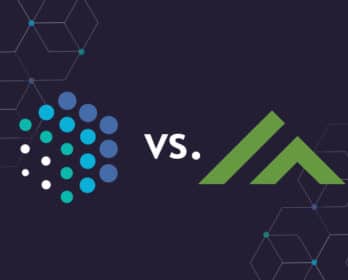We’ve written before about the rise of data orchestration, the process by which enterprises connect disparate data sources so information flows to a central repository for further analysis.
Using K3 ETL, organizations achieve better enterprise integration of their custom workflows, optimizing operations to allow you to de-silo your data organization. Yet there’s a key difference in data orchestration for SaaS applications compared to older legacy applications.
Data Orchestration For SaaS
Automation is the first step in getting more out of your BI investment for SaaS data orchestration. Salesforce and other applications limit the amount of calls you can make to an API, and costs can quickly run over—unless you’re using a bulk API upload.
The hybrid and flexible nature of data automation means real-time, automated uploads are essential, or else you’ll spend heavily on data analysts to troubleshoot and manually upload data.
In short, data orchestration allows data to flow seamlessly, efficiently, and without error—automation is the key to providing these features at scale. For cloud-based data orchestration, IT teams use automated API calls to build custom workflows, coordinating complex tasks to meet client demands at scale.
For cloud-based data orchestration, IT teams use automated API calls to build custom workflows, coordinating complex tasks to meet client demands at scale.
Data management becomes far more seamless when IT teams adopt data orchestration into their development processes. K3 data prep tools are built to do just that, with an extensive library of adaptors to meet the demands of new and pre-built integration workflows in cloud-based SaaS apps.
Data Orchestration In Legacy Applications
Scalability is central to any enterprise SaaS application, yet what happens when teams need to conduct data orchestration in legacy applications? These systems are an ever-growing headache for teams focusing on efficiency and accuracy in their data movement tasks.
A recent Gartner report found that 87% of organizations have low analytics maturity. “Primitive or aging IT infrastructure” was specifically cited as a root cause of slow development times.
A Gartner report found that 87% of organizations have low analytics maturity. “Primitive or aging IT infrastructure” was specifically cited as a root cause of slow development times.
These on-premises legacy applications are what cause bottlenecks in the data movement process. Their APIs are outdated or functionally nonexistent, compared to SaaS applications. Data orchestration can’t happen unless legacy applications provide the same data integration capabilities as their modern cloud-based counterparts.
Solving The Legacy App Data Orchestration Dilemma
Companies have tried several options when it comes to optimizing operations involving legacy systems. Some adopt service-oriented architecture (SOA) to wrap the legacy application, making it easier to use without actually improving the underlying infrastructure. Others tap their IT teams to build custom workflows and workarounds, writing manual code for quick, error-prone solutions.
These solutions can be costly, but pale in comparison to the expense of replacing the legacy system entirely. In short, the best solutions avoid significantly driving up costs while ensuring effective, error-free data integration from legacy systems.
PRO TIP:
Avoid manual coding as a solution to legacy application integration, when possible. Low-code and no-code tools get the job done without adding to your IT backlog.
Using K3 For Legacy & SaaS Data Orchestration
There’s a limit to how much you can change the processes of legacy applications—and typically, that limit is low. Data orchestration is the key to bringing legacy applications up to date with modern, custom workflows.
Low-code K3 ETL tools break through the complexity, allowing anyone—IT teams, or even non-developers—to transform, filter, and unify the data, putting it to the right use, wherever and whenever it’s needed.
There’s untapped potential in legacy systems that aren’t integrated into data management, and SaaS applications increasingly rely on data orchestration at scale. To meet your enterprise needs in both arenas, get in touch today to see how K3 creates seamless, low-code solutions for a better data management future.


Request a Demo
K3 Guide
Navigating the pathway to surfacing and making useful data from a myriad of sources can be daunting. Our K3 Guide is here to share best practices, objective insights and modern approaches to solving modern data prep and integration challenges.






